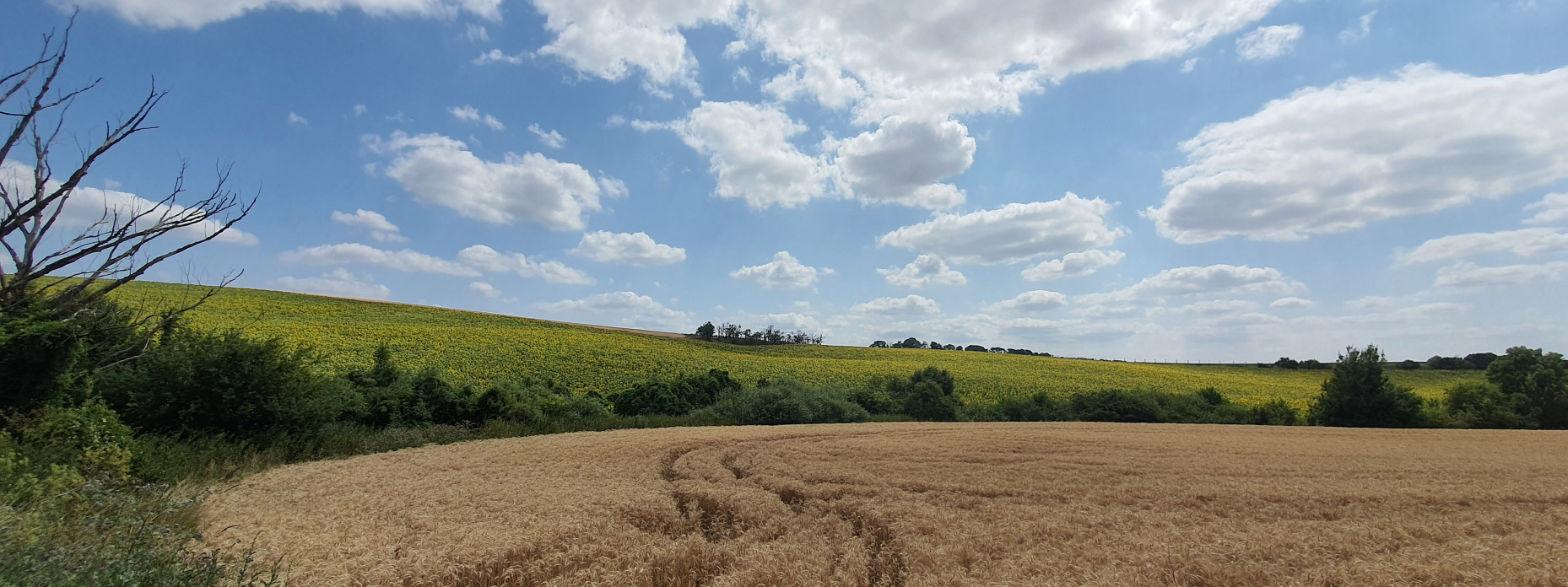As early as 2008, the Department of Agriculture warned that by 2025 climate change would manifest itself mainly in increased occurrence of extreme years - dry and warm, which is what has happened. The year is 2023 and we are struggling more and more with rapid changes in the weather. And the situation is set to get worse.
Farmers must learn to fight the weather themselves
Tomáš Kohút, General Director of the agricultural company SANAGRO

Anyone who works in agriculture knows that the weather is its master. Whether he likes it or not. Although annual rainfall is almost the same compared to the past, it is uneven. Long-term droughts are thus becoming our enemy. We can see from historical data that, while the global temperature has risen by 1 °C in a century, our annual average temperature has risen by almost 2 °C over the same period. This is data from which two things are clear. The first is that in a few years' time we will be in a climate zone at the level of Spain. The second is that if we do not want the weather to ruin us, we must learn to fight it. Ourselves.
Relying on the state for help is not the way to go either. The last two drought compensations were cut off in 2017 and 2022, the first one coming two years late, when many farmers went out of business under the weight of the problems, but also excluding large agribusinesses, which cost us three quarters of a million euros.
The situation is thus forcing farmers to think about what crops to grow and how to grow them in order to eliminate the impact of drought as much as possible. A number of trends are emerging. One is the use of so-called no-till techniques. These have a number of benefits, including reducing soil moisture leakage. Conventional ploughing causes the soil to 'turn over', where some of the wet soil comes to the surface and water automatically starts to evaporate from the soil.
In recent years, farmers have also started to use technologies to break up the so-called soil slump. In extreme droughts, the topsoil dries out and becomes extremely hard. In the event of rainfall, much of the water then just runs off the surface and does not reach the plants at all. However, this can be prevented by a very simple mechanical intervention, which creates access to water for the soil and plants. The use of intercropping is also a way of coping with the lack of moisture. These are plants with deep roots which, thanks to their root system, are able to draw water from greater depths and 'prepare' it at the necessary height for other crops.
No-till or intercropping practices have an important common denominator - they ensure continuous plant cover. This eliminates water evaporation. In addition, they decompose in the soil and thus also serve as a natural fertiliser.






